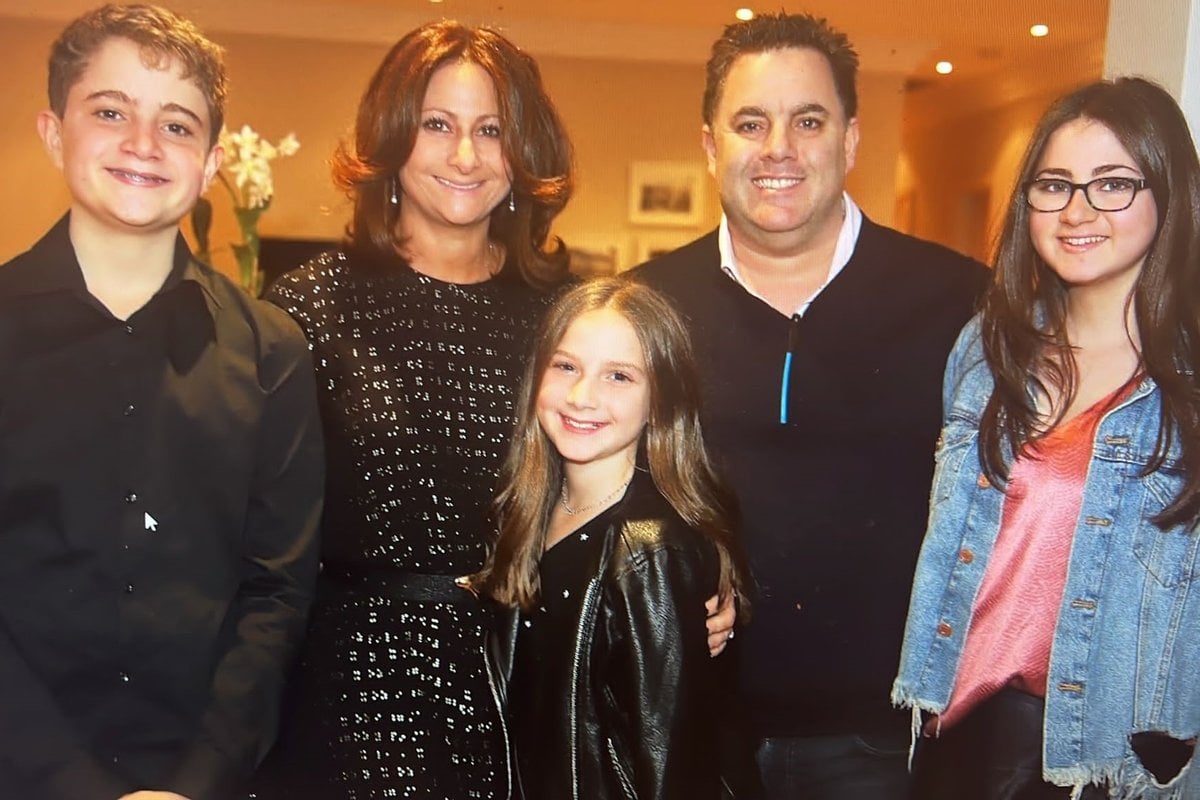
Social worker and mum of three Terry Diamond knows what it is like to experience devastating loss.
Terry and her husband Russell wanted a third child to complete their family of daughter Amy born in 2001, and son Jonathan born in 2003. She went through many unsuccessful rounds of IVF and 10 miscarriages over three years.
"Medically, I felt well looked after but emotionally not as much," Terry tells Mamamia.
"After one miscarriage at 17 weeks, I remember a social worker in hospital handing me a single piece of paper with some 'how to look after yourself' tips on it for when I got home. Then I was left to navigate looking for support alone; we were just expected to get over it and get on with it."
Watch: A tribute to the babies we have loved and lost. Post continues below.
Terry says that attitudes of some people around her were also hard to deal with.
"People would say to me, 'why are you doing this to yourself?' or, 'you've got two kids already' or 'at least you can get pregnant'. There was a lot of minimising and dismissing of the impact of my pregnancy losses.
"Thankfully, things have changed a lot in the almost two decades since."

